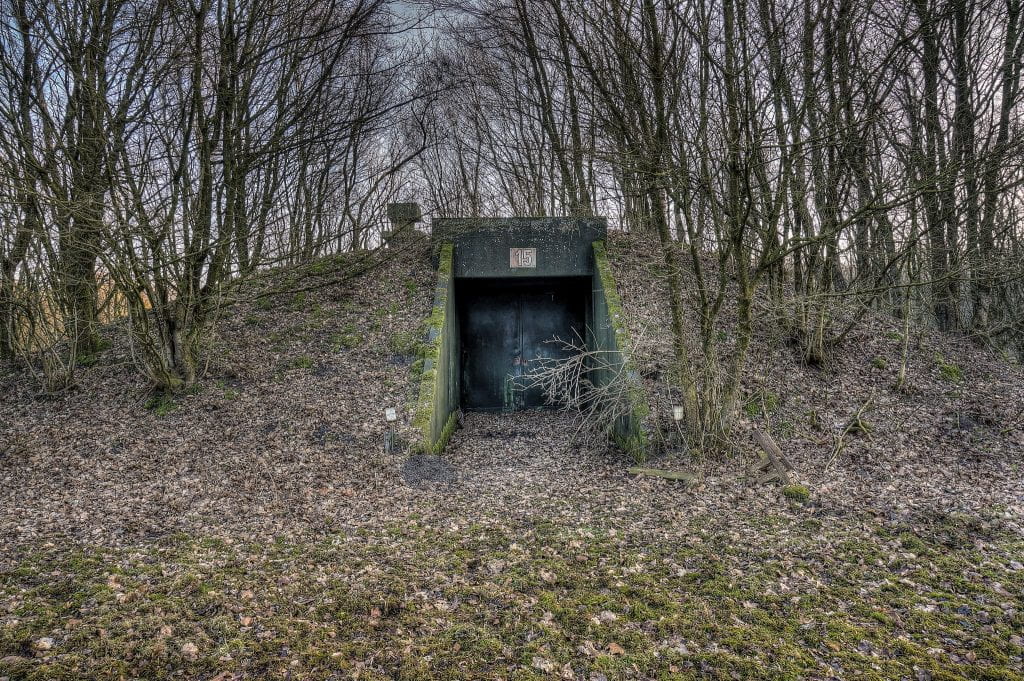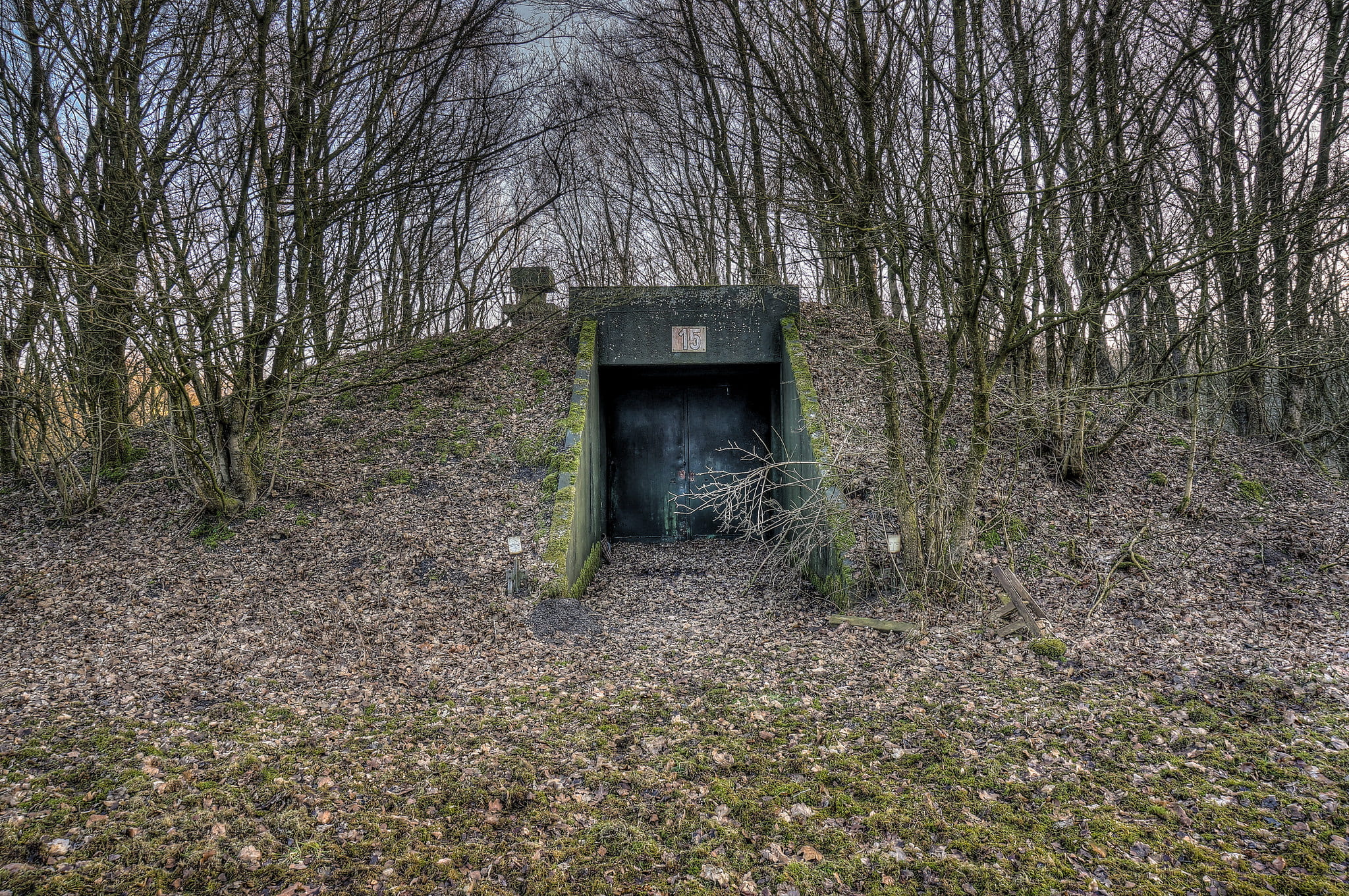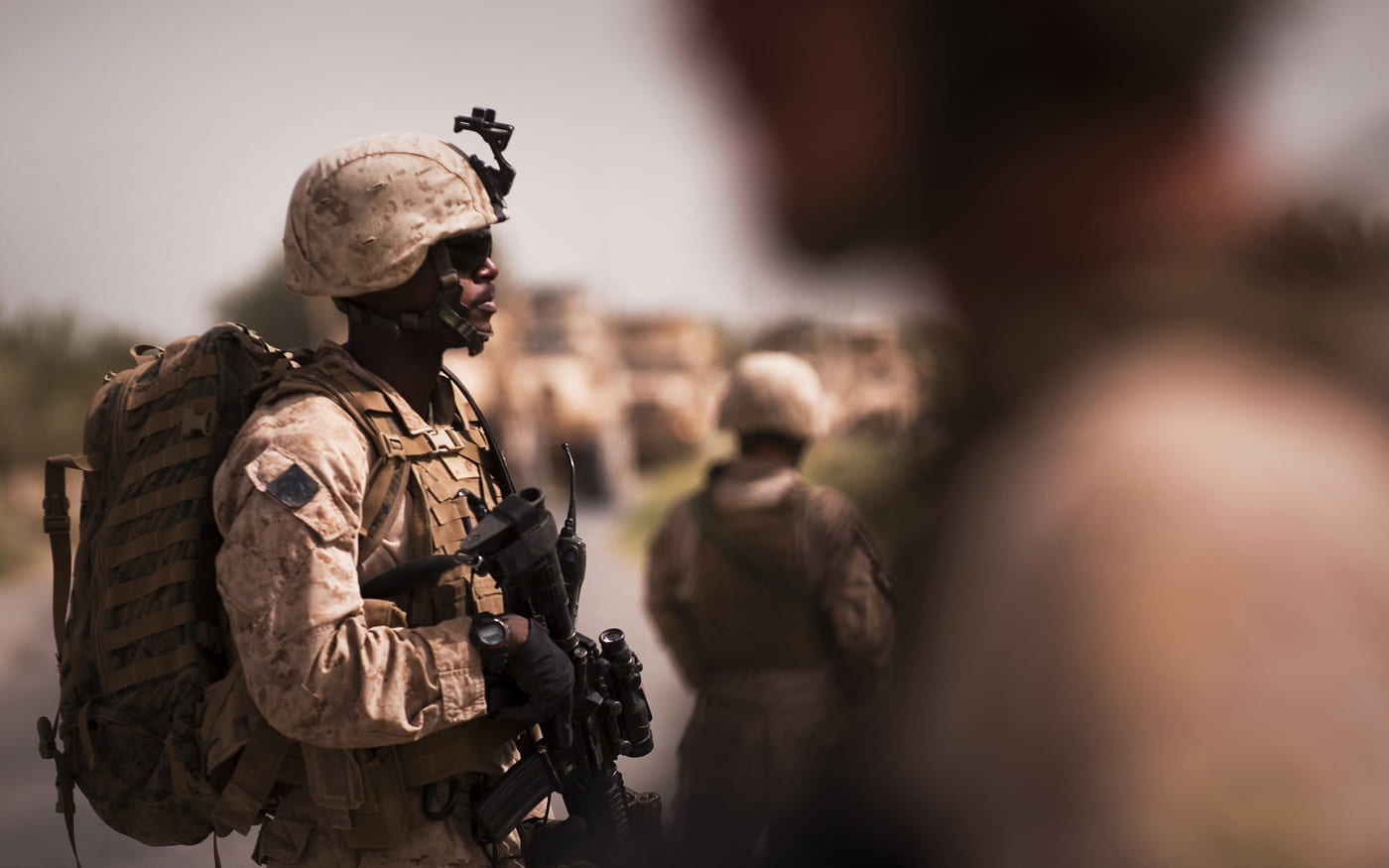**In light of yesterday’s announcement to withdraw from another international accord, the US, once again, positions itself as unwilling to cooperate with and participate in the international community. This blog is a repost from the fall.

Talks surrounding disarmament and nuclear weapons, including threats by North Korea against Japan, South Korea, Guam, and the US, are in abundance of late. However, the decision of the Nobel Peace Prize community to award this year’s prize to the International Campaign to Abolish Nuclear Weapons (ICAN), a key development in the disarmament conversation, seems to have fallen by the wayside. Gene Sharp, a nonviolence theorist, demands, “A reexamination of the problem of war and the possible means for its solution must begin with a recognition of the failure of past movements and the proposals for the abolition of war.” In laymen’s term: the repetition inherent in the conversations of the status quo surrounding war, defense, and the military prove little in their manifestation of peace and its maintenance on a national and global level. To this end, he argues for a redefinition and reconceptualization of the true nature of war as it relates defense, deterrence, and peace. This blog briefly explains disarmament while celebrating the achievement of the organization and the treaty.
Disarmament consists of the reduction of and/or total elimination of military force and weapons of mass destruction, including nuclear weapons. International disarmament is an essential component in the creation of “global norms…vital to the sustainable development, quality of life, and ultimately the survival of the planet.” ICAN is a grassroots, cross-cultural, and international NGO movement taking the lead in “reshap(ing) the debate on nuclear weapons” by working with survivors of US atomic bombs in Hiroshima and Nagasaki, dignitaries and actors, and the United Nations. On July 7, 2017, the UN General Assembly convened and negotiated a legally binding treaty calling for “multilateral disarmament negotiations… and establish general prohibitions and obligations as well as a political commitment to achieve and maintain a nuclear-weapon-free world.” Ambassadors from at least eight of the nuclear powerhouse countries were not in attendance.
The Global Peace Index (GPI) identifies China, France, India, Israel, North Korea, Pakistan, Russia, the UK, and the US as the least peaceful when accounting for the combined nuclear threat to international peace and security over the last seven years. “There has been a decline in militarization over the past three decades. Globally, the economic impact of violence…is enormous. Current peacebuilding spending on building peace is well below the optimal level”. GPI reveals an increase of resources utilized for the creation and containment of violence but few on the cultivation and maintenance of peace. Peacebuilding, whether domestically or internationally, does not appear as a priority of the current administration.
The majority of humanity understands the power of words; there are studies and reports confirming the power of positive confession and the purposeful use of written and spoken words. The word ‘peace’ appears in the US Government budget three times, whereas ‘defense’ appears 70. According to A New Foundation for American Greatness: Fiscal Year 2018 Budget for the US Government, the administration lays out the eight pillars of American reform and outlines a reprioritization of federal spending “to unleash the power of American work and creativity—and drive opportunity and faster economic growth… so that it advances the safety and security of the American people.” In other words, American creativity, work, opportunity, and growth is tied to the $639 billion US Defense budget with discretionary overview of $574.5 billion dollars–more than the combined proposed discretionary overview for the remaining cabinet departments, including education and labor. It is important to remember: discretionary allows a consumer to spend money on wants rather than on needs. The Defense budget sends a message to the world about the resolve and strength of America as a fulfillment of a Trump promise to focus on the safety of Americans from terrorists and other violent offenders.

America, in the past as an international leader, bore much of the financial responsibility for multilateral cooperation. However, with the steady withdraw of financial support and non-appearances at UN agency meetings, the US government reaffirms its value for national defense over participating in creation of international peace and security for all. In their article, “A World Free of Nuclear Weapons”, Schultz, Perry, Kissinger, and Nunn argue the US has a unique opportunity to lead the way in reversing the global reliance on nuclear weapons. Written in 2007, they suggests nuclear weapons “were essential to maintaining national security during the Cold War…but reliance on for this purpose is becoming increasingly hazardous and decreasingly ineffective.” Highlighting the words of former US Presidents Eisenhower and Kennedy, they posit a bipartisan presidential agreement since Nixon regarding the Non-Proliferation Treaty, and remind how the Reagan-Gobachev agreement turned the conversation of arms race on its head. They conclude that a world without nuclear weapons because of multilateral cooperation aligns with the moral heritage of America.
Societies often equate defense with military; however, Sharp questions whether a redefinition of the function of the military in terms of deterrence or defense, can assist in the creation and acceptance of nonviolent solutions. Defense is employed as a function of “internal domination or is used to disguise for the home population what is in fact an attack on another country.” He establishes a need for the military while suggesting reliance on the military is the international symbol of an independent state unable to recognize: the provision of massive death and destruction, the inability of others to defend themselves against the impending destruction and death, and nonmilitary forms of resistance are possible as national defense. Unfortunately, the application of negative descriptions for alternatives to war render them passive, soft, submissive, and interdependent. In other words, the characterization of war and military power is masculine, and nonviolence and cooperation is feminine.
The unintended consequences of war heavily burden women and girls who “have responsibility and no power” due of the gendered division of labor, placing men in the public sphere and women in the private sphere. Antrobus postulates the intersectionality of the female life offers a unique perspective on the interplay of war and gender; the UN agrees. The Treaty on the Prohibition of Nuclear Weapons notes the disproportionate impact on women and girls, and indigenous people when considering the “catastrophic humanitarian consequences” of using nuclear weapons. Additionally, it reaffirms the principles of humanity as a public conscience, and recognizes the need for female participation in the peace process by supporting and strengthening the input of women as equal to men.
“Recognizing that the equal, full and effective participation of both women and men is an essential factor for the promotion and attainment of sustainable peace and security, and committed to supporting and strengthening the effective participation of women in nuclear disarmament.”
Boulding points out understanding and valuing the feminine perspective in a ‘male-dominated’ area requires men “in tune with the feminist redefinition of political goals and processes.” Collaboration can yield results, which extend beyond the short term through the identification of alternatives while working within the standardized international relations model. In short, the nature of peacemaking, peacebuilding, and peacekeeping requires an egalitarian and gender equal value based partnership stance, capable of visualizing and verbalizing the long-term ramifications of short-term solutions on global humanity, rather than one nation and her citizens.



